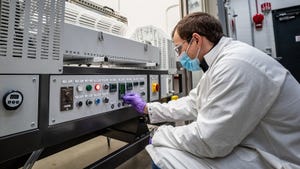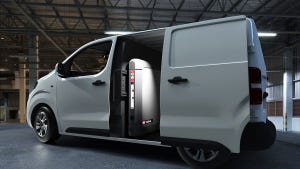Chemix Promises Faster, Better Battery Development With AI
The MIX AI-based design platform combines battery-specific algorithms with a vast set of data on chemistries, materials, designs, and other info to accelerate battery design and development.
June 20, 2023
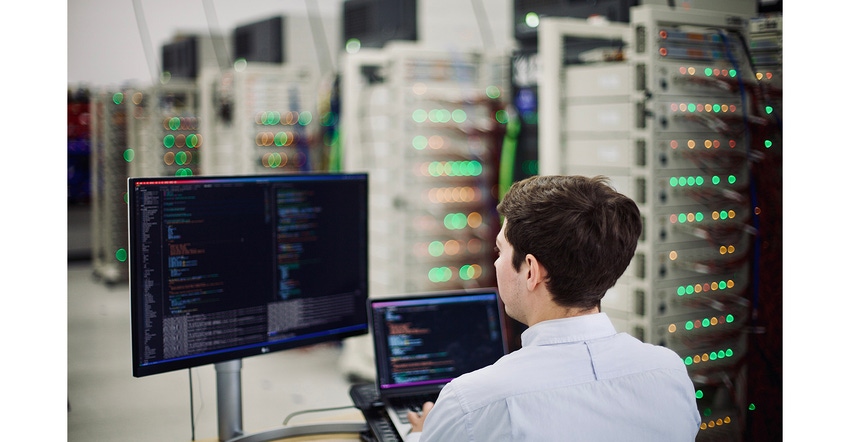
From better tools, better products. But when that tool is generative artificial intelligence (AI), reactions span the gamut from enthusiastic support for a future Utopia to dreading a text message informing you the Internet is now sentient.
Chemix, a Sunnyvale, CA-based battery developer, is staking its claim on the bright side of the future with the announcement of MIX, an AI-based design platform combining battery-specific AI algorithms with a vast set of collected battery data on various chemistries, materials, battery designs, and other information for greatly accelerating improved battery design and development.
Chemix says it expects to start full production of MIX AI-developed batteries with cell manufacturing partners later this year. SAPPHIRE by MIX is a cylindrical-format cell with 300 Watt-hours per kilogram (Wh/kg) gravimetric energy density targeted at e-motorcycles. JADE by MIX is a pouch cell with 190 Wh/kg density targeted at two-wheelers and utility EVs with the added benefit of no cobalt or nickel content.
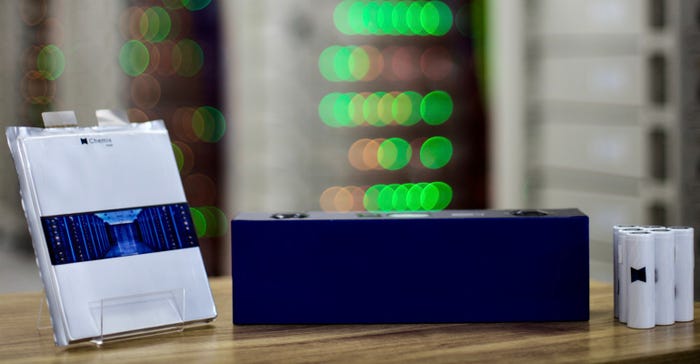
“Using generative AI for battery development is a completely new approach, but it offers the same fundamental increase in capability as using generative AI in other applications,” says Chemix chief technology officer Jason Koeller, Ph.D. “For example, part of the power of a generative large language model system such as ChatGPT is that it has access to a large fraction of the totality of human knowledge, as it has been trained on a significant portion of the Internet. This means that it can creatively synthesize vast amounts of human knowledge to answer a question. The speed at which it can synthesize expert knowledge across many domains makes it extremely powerful, because you can get answers to questions in seconds that previously would have required consulting multiple experts in different fields.
“Similar advantages apply to our use case in battery development,” Koeller continued. “We autonomously generate dozens of new experimental designs to test in our lab daily. These designs use all information gathered, including data that is years old. The accumulation, sharing, and use of knowledge on this scale simply are not possible without AI.
“This point highlights the critical importance of data. ChatGPT cannot answer questions about information not in its training set. Similarly, without access to large datasets of high-quality battery data, generative AI will not be helpful in accelerating battery development. This is why at Chemix we take the data-collection process extremely seriously and own all of our data.”
Asked to put some numbers to the Chemix battery AI approach, Koeller responded that the company has demonstrated the improvement of certain key battery performance metrics by more than two times, relative to commercial off-the-shelf solutions, in less than three months of development. “This is significantly faster than the traditional approach,” he said.
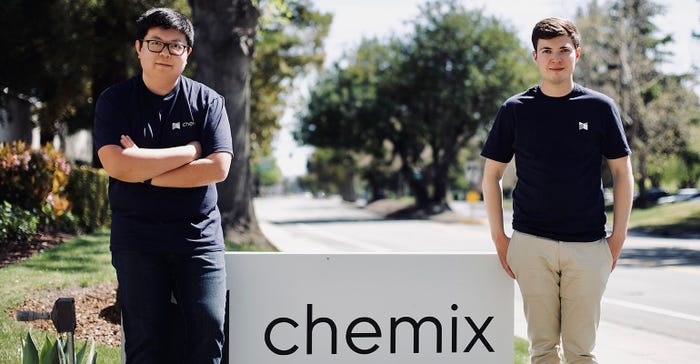
Customers agree. In April 2022, the company issued a joint press release with UBCO to highlight its development of batteries for UBCO’s long-range and high-speed off-road adventure electric motorbike. The first UBCO concept battery started development in mid-2022, and in less than a year, Chemix successfully demonstrated a fully functioning UBCO vehicle powered by Chemix’s in-house-built pack.
Chemix was born out of wanting to leverage the state of the art in software, AI, and battery R&D to create a new paradigm of battery development and create a new state of the art, according to Koeller:
“We use AI to autonomously generate new battery designs and battery recipes every day. These experiments are conducted in our battery lab, and the results of these experiments are automatically incorporated into our existing large, high-quality datasets. As a result, each experiment generated by our AI process uses all of the data Chemix has collected to date. This leads to a much more efficient experimental design process than the traditional human-centric approach.”
In other words, from better data, better batteries.
About the Author(s)
You May Also Like


